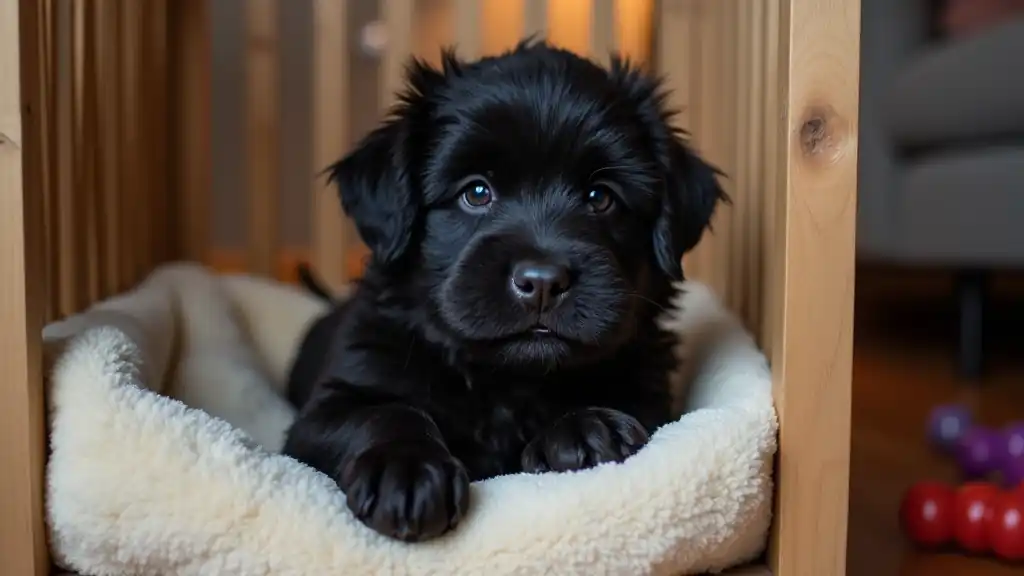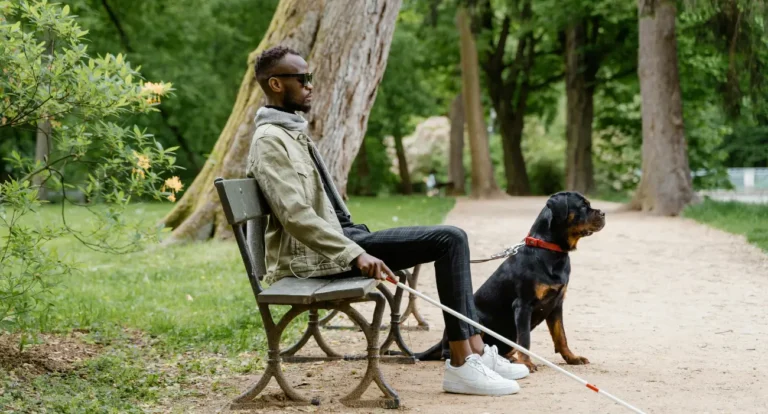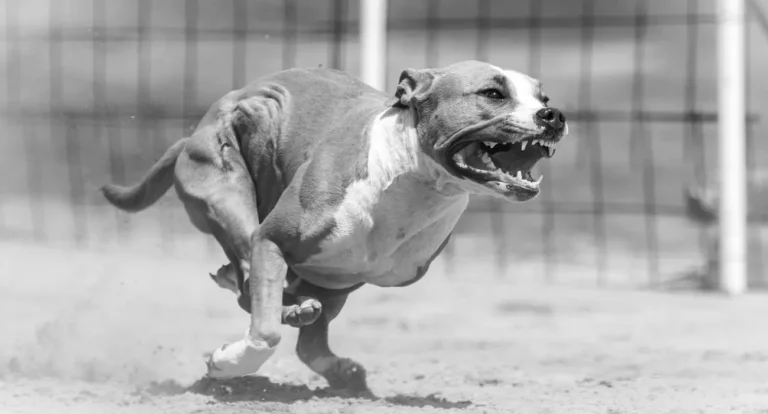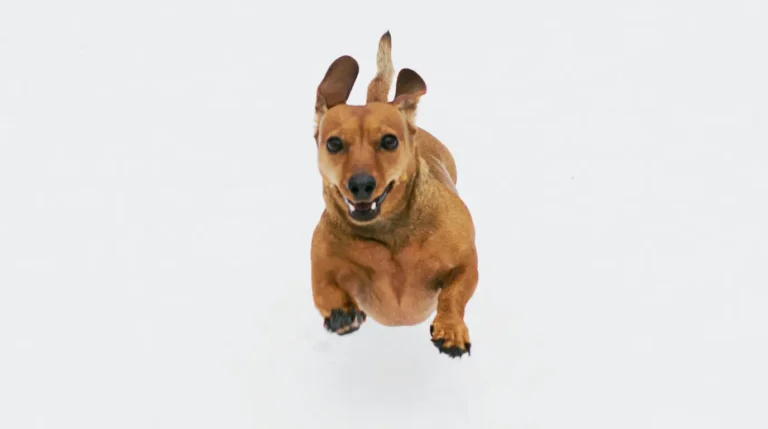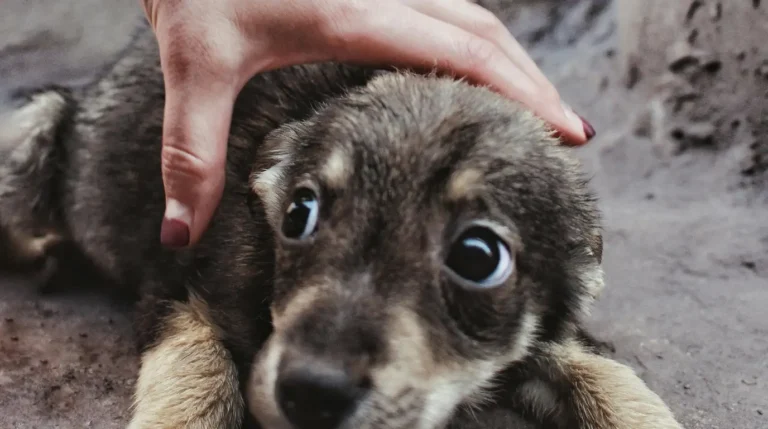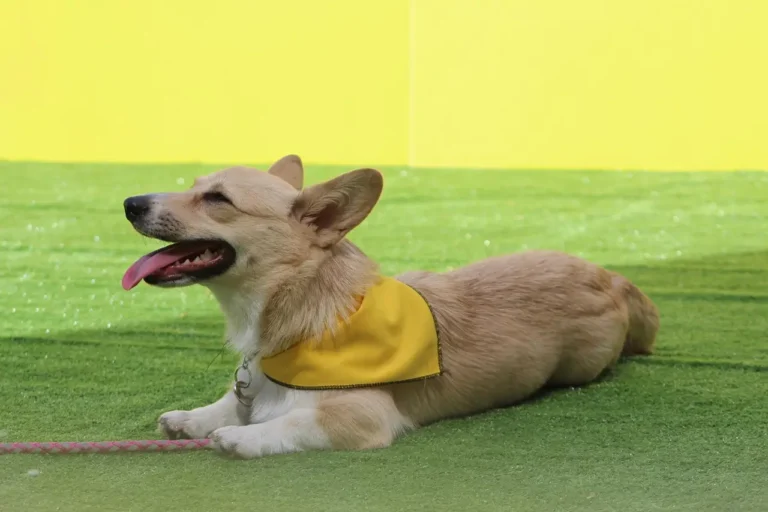Puppy Crate Training Schedule: How to Create a Comfortable Space for Your Puppy
Welcoming a puppy into your home is an exciting adventure filled with joy, cuddles, and plenty of challenges. One of the most important steps you can take is crate training a technique that helps create a safe and comfortable space for your puppy while teaching essential habits. Let’s dive into everything you need to know about building a successful puppy crate training schedule and making the crate their favorite place to be.
Table of Contents
Understanding the Puppy Crate Training Schedule: Why It’s Essential for Your Puppy’s Development
Crate training isn’t just a convenience; it’s a foundational tool for fostering your puppy’s well-being. Here’s why it matters:
Benefits of Crate Training
- Establishes a Routine: Puppies thrive on structure. Crates help create predictable daily schedules, aiding in housebreaking and behavioral consistency.
- Ensures Safety: A crate provides a secure place for your puppy to rest, especially when you can’t supervise them.
- Builds Confidence: Dogs are naturally den animals, and a cozy crate mimics the instinctual comfort of a safe retreat.
Emotional and Practical Benefits
- Reduces anxiety during stressful events like thunderstorms or vet visits.
- Helps puppies adapt to traveling or staying in unfamiliar places.
Myth Busting: Is Crate Training Cruel?
When done correctly, crate training is far from cruel. It’s about creating a positive environment where your puppy feels safe and loved. With patience and consistency, your puppy will come to view their crate as their sanctuary.
Preparing for Crate Training Success
A successful crate training journey starts with careful preparation. Let’s explore the essentials:
Choosing the Right Crate
Finding the perfect crate ensures comfort and functionality. Here’s what to consider:
- Types of Crates:
- Plastic crates: Durable, cozy, and great for travel.
- Wire crates: Provide better airflow and visibility.
- Soft-sided crates: Lightweight and ideal for small breeds or short trips.
- Getting the Right Size: Your puppy should be able to stand, turn, and stretch comfortably. Use this guide:
| Puppy Weight (lbs) | Crate Size Recommendation | Notes |
| 1-10 | 18-22 inches | Perfect for toy breeds |
| 11-25 | 24 inches | Great for small breeds |
| 26-50 | 30-36 inches | Suitable for medium breeds |
| 51+ | 42+ inches | For large and giant breeds |
Setting Up Your Puppy’s Crate
- Comfort Matters: Line the crate with soft, washable bedding.
- Add Entertainment: Provide durable chew toys or puzzle feeders to keep them engaged.
- Find the Perfect Spot: Place the crate in a quiet, family-centered area where your puppy feels included but not overstimulated.
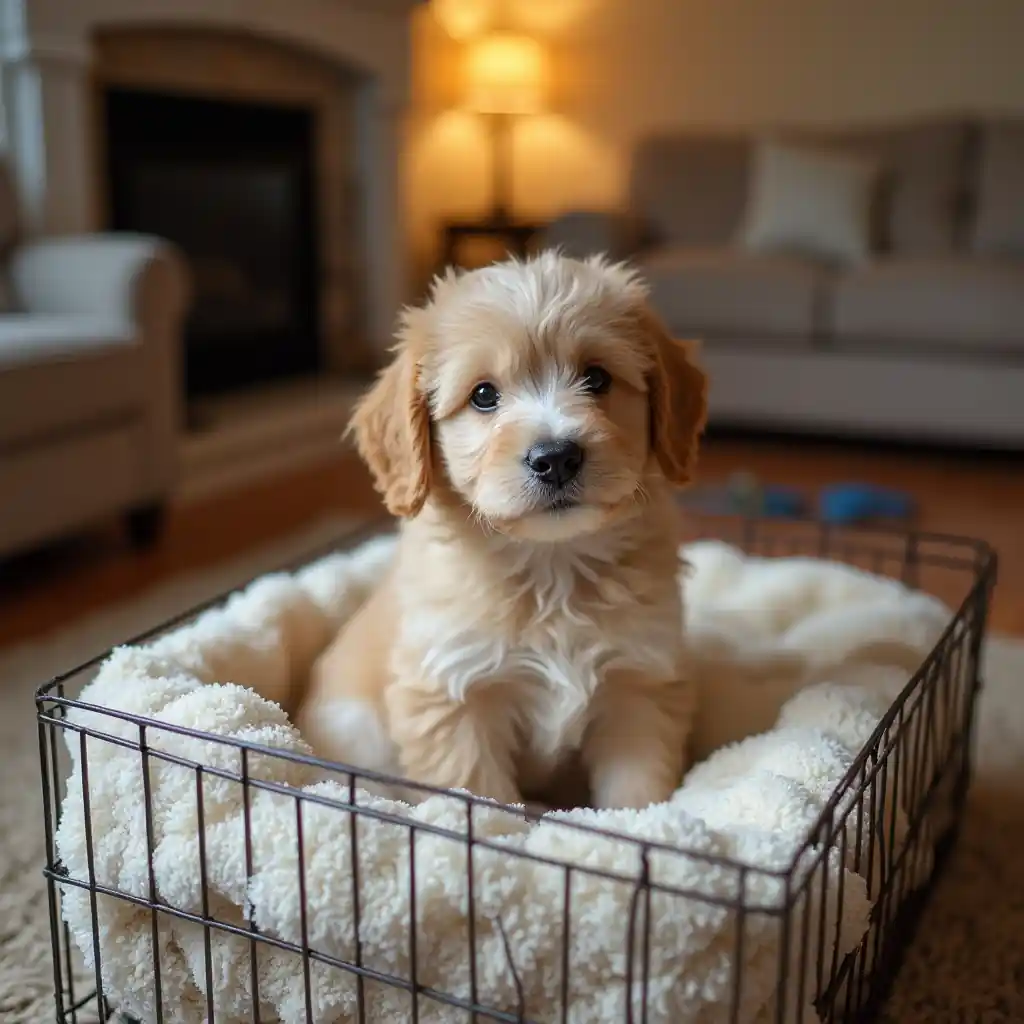
Creating a Positive First Impression
- Allow your puppy to explore the crate freely.
- Use treats or favorite toys to create positive associations.
- Never force them inside; patience is key.
Puppy Crate Training Schedule: A Step-by-Step Guide
Consistency and patience are the cornerstones of crate training. Follow this structured schedule to build a seamless routine:
Sample Daily Schedule
Morning:
- Wake up and take your puppy for a potty break.
- Feed breakfast and engage in a short play session.
- Crate time for 1-2 hours while you tackle morning tasks.
Afternoon:
- Midday potty break and light exercise.
- Lunchtime followed by a crate nap (1-2 hours).
- Training session or supervised playtime.
Evening:
- Dinner, followed by mental stimulation games.
- A calming walk or potty break.
- Settle your puppy in their crate for bedtime.
Tips for Gradual Introduction
- Start with 5-10 minute crate sessions and gradually increase the duration.
- Use a cheerful tone when introducing the crate to keep the experience positive.
- Avoid letting your puppy out when they whine—wait until they are calm to reinforce good behavior.
Weekly Progress Plan
- Week 1: Introduce the crate, focus on short sessions.
- Week 2: Increase crate time gradually, especially during naps.
- Week 3: Encourage longer stays and start leaving the room briefly.
Troubleshooting Common Crate Training Challenges
Even with the best intentions, challenges can arise. Here’s how to tackle them:
Crying in the Crate
- Why it Happens: Separation anxiety, discomfort, or the need to potty.
- Solutions:
- Ensure potty needs are met before crating.
- Cover the crate with a light blanket to create a den-like atmosphere.
- Use calming aids like pheromone sprays or soothing music.
Chewing on the Crate
- Why it Happens: Teething or boredom.
- Solutions:
- Provide chew toys to redirect their focus.
- Ensure the crate isn’t too confining or hot.
Resistance to Enter the Crate
- Use high-value treats to entice them.
- Make the crate a “happy place” by associating it with mealtime or special rewards.
Maintaining a Comfortable Space for Your Puppy
Your puppy’s crate should always feel like a cozy retreat. Regular upkeep and thoughtful adjustments ensure it remains welcoming.
Cleaning and Hygiene Tips
- Weekly Cleaning: Use pet-safe disinfectants to sanitize the crate.
- Bedding Maintenance: Wash bedding regularly to keep it fresh and odor-free.
Adapting as Your Puppy Grows
- Upgrade to a larger crate as needed.
- Gradually phase out the crate once your dog is reliably trained, but maintain it as an option for security.
Seasonal Adjustments
- Use cooling mats in summer and fleece blankets in winter to keep your puppy comfortable year-round.
Real Stories: Successful Crate Training Journeys
Max the Retriever
Max’s owner struggled with his initial resistance to the crate. With consistent training and the use of positive reinforcement, Max now sees his crate as a haven where he retreats after a fun-filled day.
Bella the Beagle
Bella’s anxious behavior made crate training challenging. Her owner introduced calming music and left a T-shirt with their scent inside the crate. Within weeks, Bella transformed into a confident pup who eagerly entered her crate at bedtime.
FAQ: Puppy Crate Training Schedule
How long can a puppy stay in a crate?
Puppies under six months can stay in a crate for one hour per month of age (e.g., a 3-month-old puppy can stay for 3 hours). Always prioritize regular potty breaks.
Should I put water in the crate?
Typically, no. Providing water in the crate can lead to accidents. However, if your puppy will be crated for extended periods, consider a spill-proof water bowl.
Can older puppies learn crate training?
Yes! With patience and consistent effort, older puppies and even adult dogs can adapt to crate training.
What if my puppy never likes the crate?
Some puppies take longer to adapt. Reassess your approach, ensuring the crate is inviting and not associated with negative experiences.
Conclusion: Building a Lifetime of Trust
Crate training is a powerful tool to foster trust, security, and discipline. By following a thoughtful schedule and remaining patient, you can help your puppy embrace their crate as a sanctuary. This journey is not just about training—it’s about building a lifelong bond with your furry companion.
Start today! Create a space your puppy will love and watch them grow into a confident, well-adjusted dog. Share your experiences or tips in the comments below, and let’s celebrate every step of your crate training success story!

